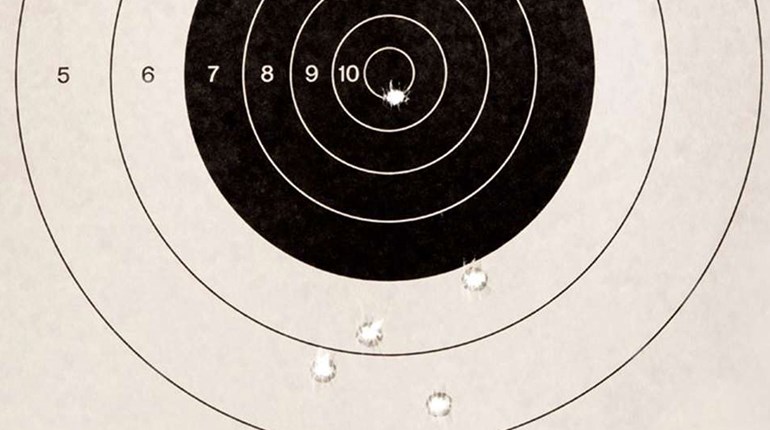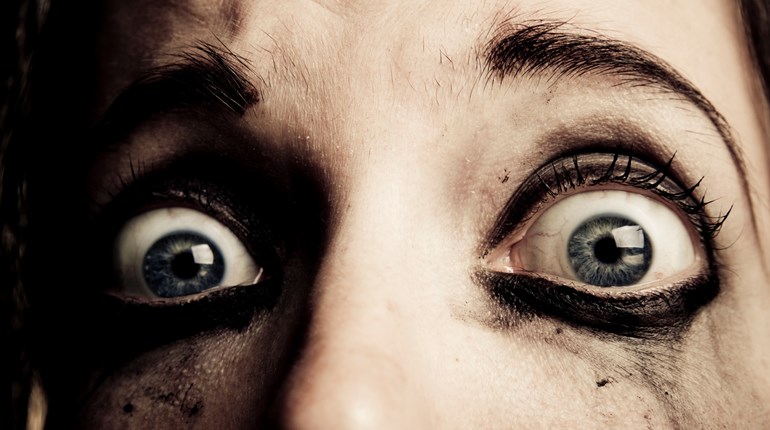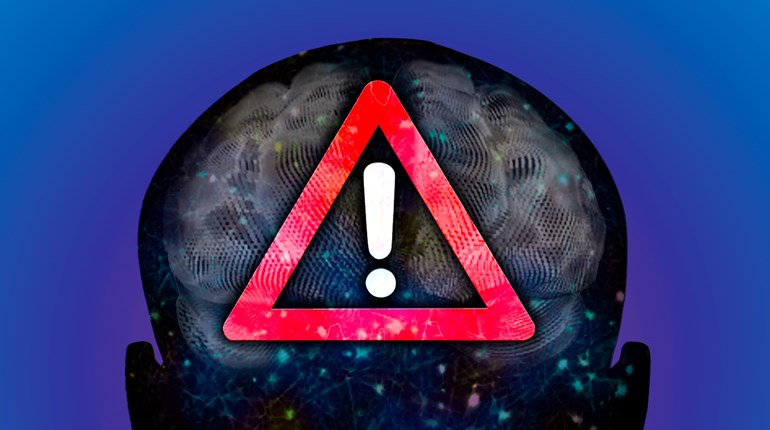
Being able to accurately engage targets with a rifle can only be done with proper employment of the fundamentals of marksmanship. Being able to do that quickly and repeatedly requires a good grip on the gun, to allow the shooter to obtain a proper sight picture on target before, during and after each shot. A common question that comes up, especially with newer shooters, or those without proper training, is "where does my support hand go?"
There are differing opinions on this, but all one has to do is watch top competitive shooters and you will see a common position—support hand well forward on the handguard, fore-end or rail.

Why does the hand-forward grip work better than the magazine-well grip? The farther forward you grip the gun, the better you will be able to manage the recoil. You will also be able to move, or "drive," the gun from target to target faster and with more control. This is true with lightweight guns, and more so with heavier firearms that have been burdened with flashlights, lasers, suppressors, etc.
Is there ever a time to put your support hand on the magwell? Yes, providing you are right-handed and in the prone position with a non-floated barrel on your rifle. This grip eliminates pressure on the barrel, which can cause irregularities in the path of the bullet. Keep your fingers straight (don't squeeze the magwell) and push the front of the magwell back toward your shoulder. Squeezing the magazine well can cause problems. I have twice seen shooter-induced stoppages as a result of fingers preventing the dustcover from fully opening, thus inducing a stovepipe. A minor injury also resulted from a new shooter getting "bit' on the fingers by hot brass being ejected, and possibly some hot gas to boot.
Let's address each standard position for both right- and left-handed shooters:
Prone with a standard, non-floating barrel

Right-handed shooters who want to avoid pressure on the barrel can place the support hand against the magazine well during the zero process or making precise or long-range shots. Make a tripod out of both elbows and the magazine. Pull the rifle into your shoulder.
Lefties should cup the fore-end and pull straight back, still attempting the tripod with both elbows and the magazine. I strongly recommend long sleeves for southpaws, as hot brass has an unpleasant way of landing in the crook of your elbow.
Prone for free-floated barrels
Get the support hand out as far as possible, depending on body style, handguard length, what gear you have on, etc. This position works great for rapid aimed fire on any gun, floated or not.
The support hand can slide forward or rearward to adjust for elevation of the muzzle. Some shooters find pressing the magazine into the forearm aids in stability.
Standing for right-handed and left-handed shooters

If you have a long handguard or freefloat tube, get the support hand out there—it helps control recoil, muzzle jump and adds stability for better sight picture. This placement also helps the shooter to "drive" the gun for target transitions or moving targets. It is also a much better option for shooting while moving.
For shorter handguards, bring the support hand rearward (similar to the kneeling position). This also works better for smaller-statured shooters.
But what if you have a foregrip, vertical or otherwise? I suggest it be placed as far forward as possible, but not so far as to prevent you from getting a good grip on the handguard in front of the pistol grip should the need arise. In other words, attach it about a palm's width from the forward end of your rail.
What about my thumb? Should it go over the top or along the side like on a pistol? Some shooters feel they can control the gun better with a similar grip to the one they use on their pistols, with the thumb pointing at the target. Others prefer the thumb going over the handguard, while the index finger points toward the target. If you feel this helps, then do it. Just keep in mind that light and laser activation may dictate certain positions, as can other accessories

There are a myriad of alternate positions for standing, kneeling, sitting and prone, both supported and unsupported—only a few of the standard positions were addressed here. Each shooter will make minor changes to best fit his firearm and body style. Remember why it is called the "support hand"—its job is to support and steady the gun during aiming, control it during firing and help you drive the gun to the next target. The placement should always be based on shooting the gun, not carrying it.
In summation, it's all about controlling the gun, and the only way to confirm what works best for you, with your gun, is to experiment with slight variations until you find what gets you into a stable position quickly and efficiently, and keeps the sights steady before, during and after each shot. So get your gun, grab some ammo and get out to the range, and train, train, train.





































